It is normal to have various concern when you are deciding to have LASIK including the risks involved, duration of recovery and others.Our team of expert Ophthalmologists is always available to answer all your LASIK questions.
FAQ – General Background
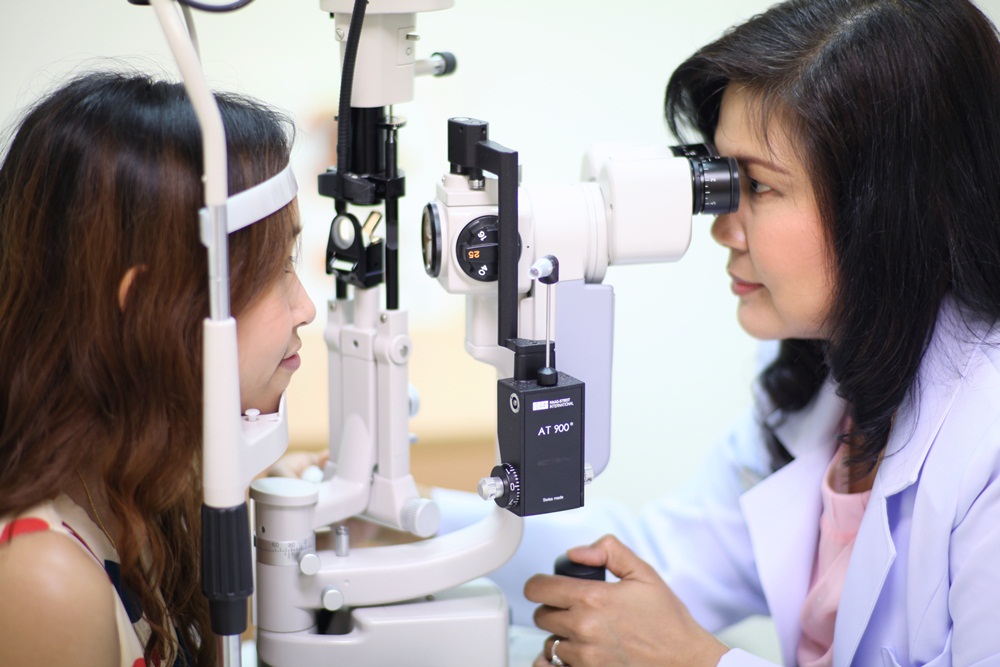
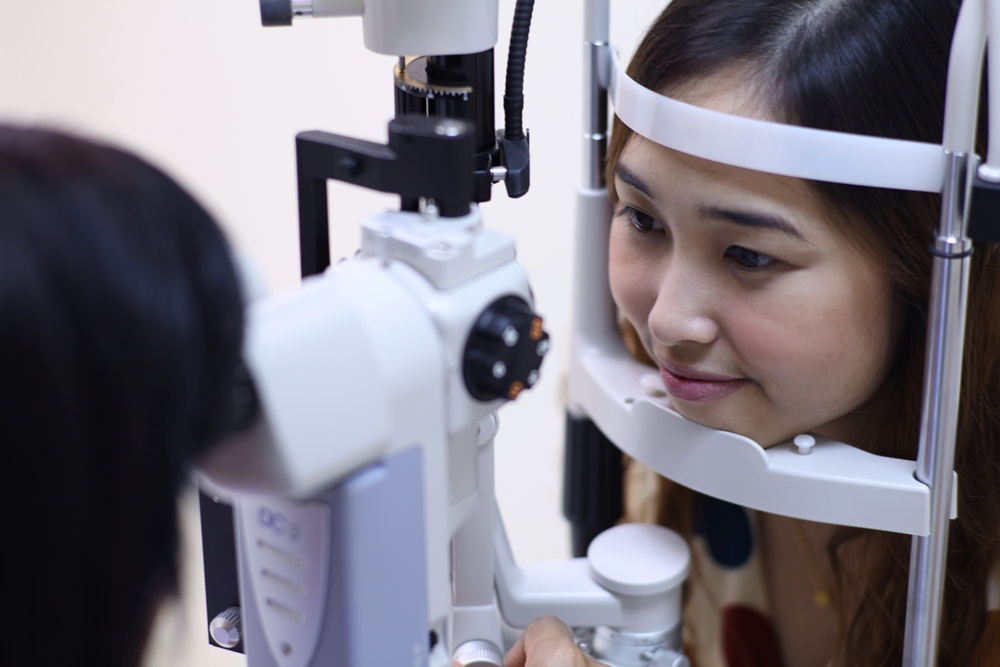
How is iLASIK different from LASIK?
The new standard of treatment correcting myopia, hyperopia and astigmatism uses an all laser technology throughout the treatment. Instead of using a blade or “microkeratome”, which cuts across the cornea to create a flap, the laser will create a uniform layer of bubbles beneath the corneal surface then the flap is created by gently separating the tissue where these bubbles are formed thus creating a smooth even corneal surface. As a result, there is a more faster visual recovery and less eye irritation. Vision Correction with LASIK (Laser In-situ Keratomileusis) A procedure that corrects nearsightedness, farsightedness and astigVmatism. This technology involves the use of a microkeratome for creating corneal flaps. The excimer laser then reshapes the cornea by removing precise amount of corneal tissue. LASIK is a preferred choice for many patients because of its good results, however the use of microkeratome may cause corneal distortion and dry eye symptoms.
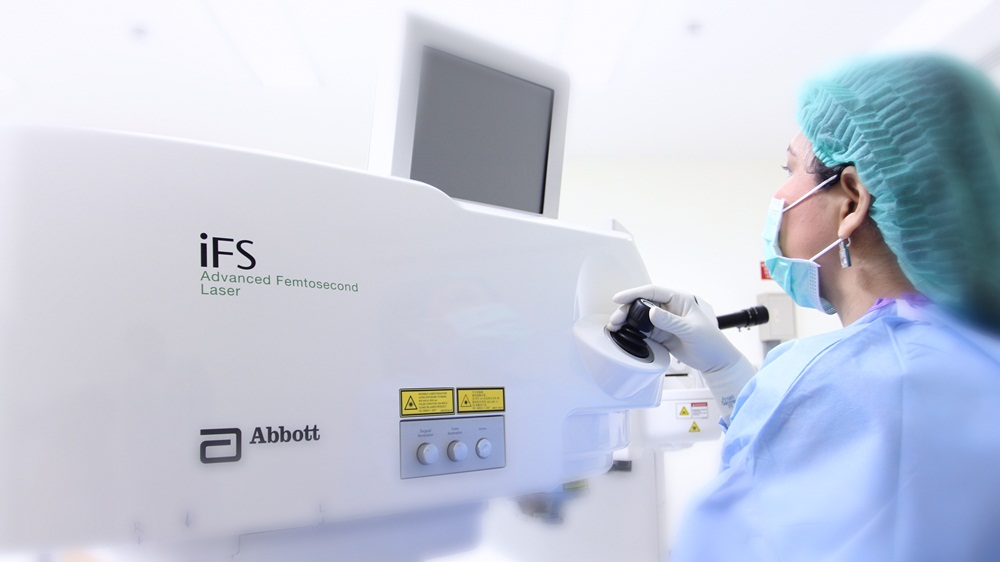
History of Laser Eye Treatment
- First treatment with eye surgery took place in 1963.
- Excimer Laser was first introduced in 1989 by reshaping the cornea using a laser beam .This procedure is called Photorefractive Keratectomy (PRK).
- Later in 1991, utilizing the Excimer Laser for PRK in reshaping the cornea resulted in a more detailed and better treatment which was called LASIK. It was in 1997, that Lasik was first introduced in Thailand.
- Since 2001, Intralase is being used as an alternative to using the microkeratome and up to date, there were already about more 4 million eyes in which Intralase was used to create the corneal flap.

FAQ – SUPREME iLASIK Technology

SUPREME iLASIK Technology in Correcting Refractive Errors
- Analysis of 240 points on a diameter of 7 mm which covers the corneal surface.
- Utilizes iris registration technology which maps 24 points on the iris to precisely center the treatment correctly. This also contains an eye tracking system which will help compensate for the patient’s eye movements during treatment.
2) iFS Femtosecond Laser Technology
- Can create corneal flaps that are 2-3 times stronger
- Can create corneal flap in less than or maximum of 10 seconds which can help eliminate problems caused be the delay of opening the corneal surface.
- Creates a more even and smoother corneal surface
- Can create elliptical-shaped flaps to be able to expose full area of the cornea to be treated
- Can promote faster healing of the cornea and fewer problems such as having dry eyes
3) Laser Vision Correction using Star S4 IR Excimer Laser System
- Utilizes a multi 7 laser (7 Beam Scanning) and Variable Spot Scanning technology producing variable beam sizes from 0.65 to 6.50 mm diameter to allow personalized refractive treatment.
- Uses the digital information of the corneal surface as well as the 24 points of the iris obtained from the WaveScan
- Contains an Active Ee Tracker System which automatically compensates for the eye’s movements during the treatment

Are There Risk factors in Laser Eye Treatment?

What are the steps in having iLASIK Treatment?
- Eye examination of the patient if he is suitable to have iLASIK treatment by an Ophthalmologist through a 3D mapping of the corneal surface.
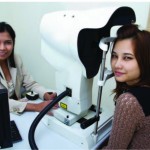
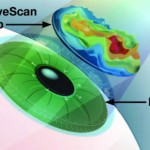
- The Ophthalmologist will set an appointment for the surgery day. The patient will receive antibiotics and anesthetic eye drops to eliminate pain during the procedure.
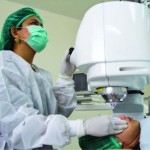
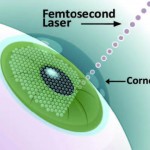
- The Ophthalmologist will then perform the procedure in reshaping the corneal curvature according to the treatment plan as analyzed by the computer system. The Ophthalmologist is in control of the whole process.
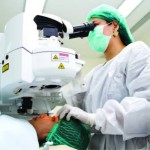
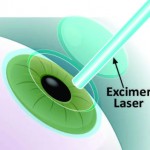
- At the end of the vision correction procedure, the patient will be given instructions by the staff and will be advised to wear an eye shield or sunglasses.
- The Ophthalmologist will ask the patient to return for a follow up treatment after 1 day, 1 week, 1 month, 3 months and 1 year. In case of unusual symptoms, you can make an appointment to consult the Ophthalmologist at once.

How long does it take to recover after LASIK?
- The first level is to discern if the patient can see immediately after treatment in the scale of 80-90 percent.
- The second level is healing of the cornea. Normally, less than 5 diopters will recover in 3-4 days and more than 5 diopters will recover in three weeks. By then, a brand new sight is obtained after treatment.

- Avoid swimming for at least two weeks.
- No diving for at least one month.
- Should be examined by the doctor in the appointed time
- If you have any other unusual symptoms, you should return to SUPREME iLASIK immediately.
Instruction after iLASIK in 1 month.
- Avoid swimming for at least two weeks.
- No diving for at least one month.
- Should be examined by the doctor in the appointed time.
- If you have any other unusual symptoms, you should return to SUPREME iLASIK immediately.






